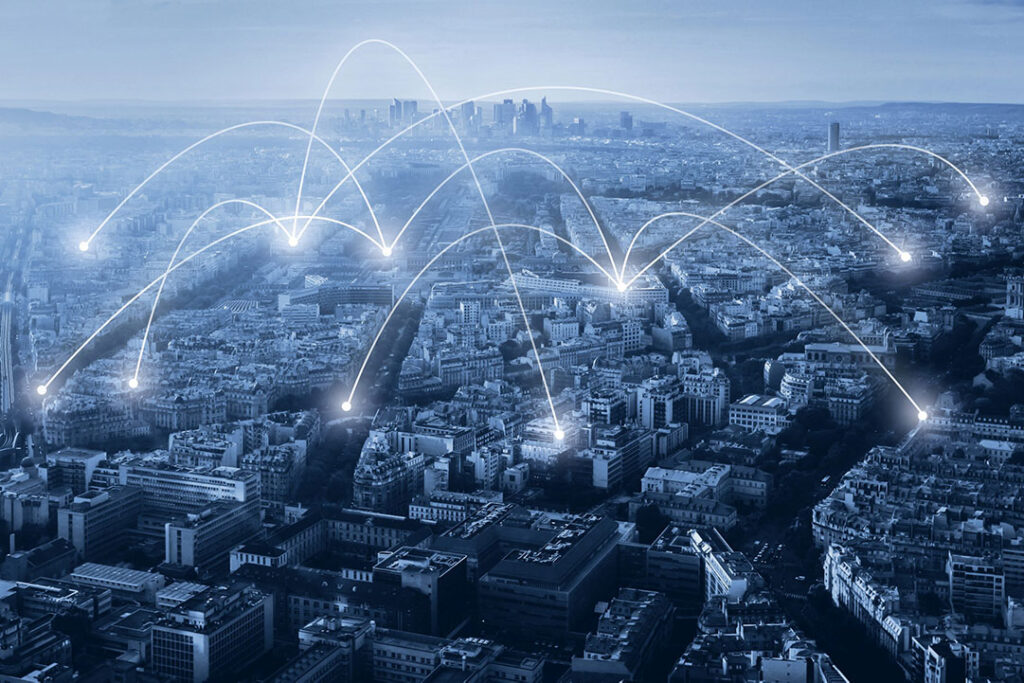Facial Recognition: Transforming Security and Beyond

Advancements in technology have revolutionized the way we interact with the world, and one notable innovation is facial recognition. This cutting-edge technology has gained significant traction across various industries, from security and law enforcement to customer experience and personalized services. In this blog post, we will delve into the world of facial recognition, exploring its capabilities, benefits, and potential implications.
- Understanding Facial Recognition: Facial recognition is a biometric technology that analyzes and identifies individuals based on their unique facial features. It involves capturing an image or video of a person’s face, which is then processed and compared against a database of stored facial templates. Advanced algorithms analyze distinctive facial landmarks, such as the distance between the eyes, nose shape, and facial contours, to create a unique facial signature for identification or verification purposes.
- Enhancing Security and Safety: One of the primary applications of facial recognition is in security systems. By deploying facial recognition technology, organizations can strengthen access control, identify potential threats, and prevent unauthorized access. Facial recognition systems can quickly match an individual’s face against a watchlist or employee database, providing real-time alerts and enabling proactive security measures. This technology is also utilized in law enforcement for identifying suspects and enhancing public safety.
- Improved User Experience and Personalization: Facial recognition offers a seamless and personalized user experience. It is widely used in smartphones and other devices for secure and convenient authentication. By simply looking at the device, users can unlock it, authorize transactions, and access personalized settings. In retail and hospitality, facial recognition can enable personalized customer experiences, such as tailored recommendations, targeted advertising, and efficient check-in processes.
- Time and Attendance Tracking: Facial recognition has transformed traditional time and attendance tracking systems. It enables accurate and efficient monitoring of employee attendance, eliminating the need for physical punch cards or manual entry. Facial recognition time clocks can verify employee identities in real-time, preventing time theft and buddy punching. This technology saves time, reduces errors, and simplifies payroll processes.
- Ethical Considerations and Privacy: While facial recognition offers numerous benefits, it also raises ethical considerations and privacy concerns. The potential for misuse, surveillance, and unauthorized data collection necessitates a robust regulatory framework to protect individuals’ privacy rights. Striking the right balance between security and privacy is crucial, ensuring that facial recognition technology is used responsibly and transparently.
Facial recognition technology has become a powerful tool across multiple domains, transforming security, user experiences, and operational efficiency. Its ability to accurately identify individuals based on their facial features provides unprecedented convenience and safety. However, ethical considerations and privacy concerns must be carefully addressed to ensure its responsible use. As facial recognition continues to advance, its potential applications and impact on various industries are boundless. Embracing this technology can drive innovation, enhance security measures, and deliver personalized experiences, ultimately shaping a more connected and secure future.
Want to find out more? Click here for your free consultation.
- The Role of Continuous Monitoring and Analysis in Intrusion Detection - September 6, 2024
- Understanding Crucial Terms and Technologies in Fire Alarm Systems - August 30, 2024
- The Anatomy of a Fire Alarm System: Essential Components for Complete Protection - August 23, 2024
